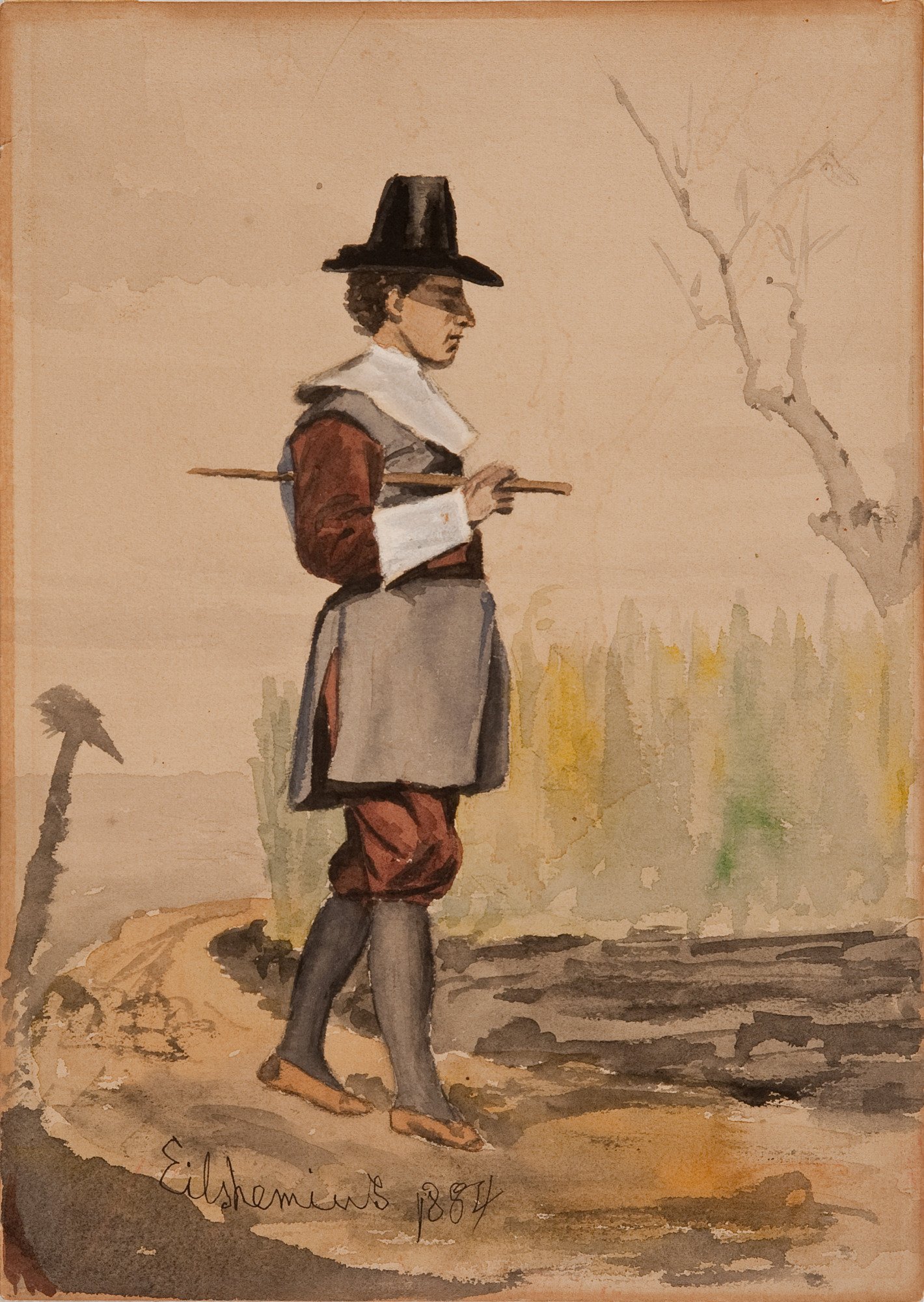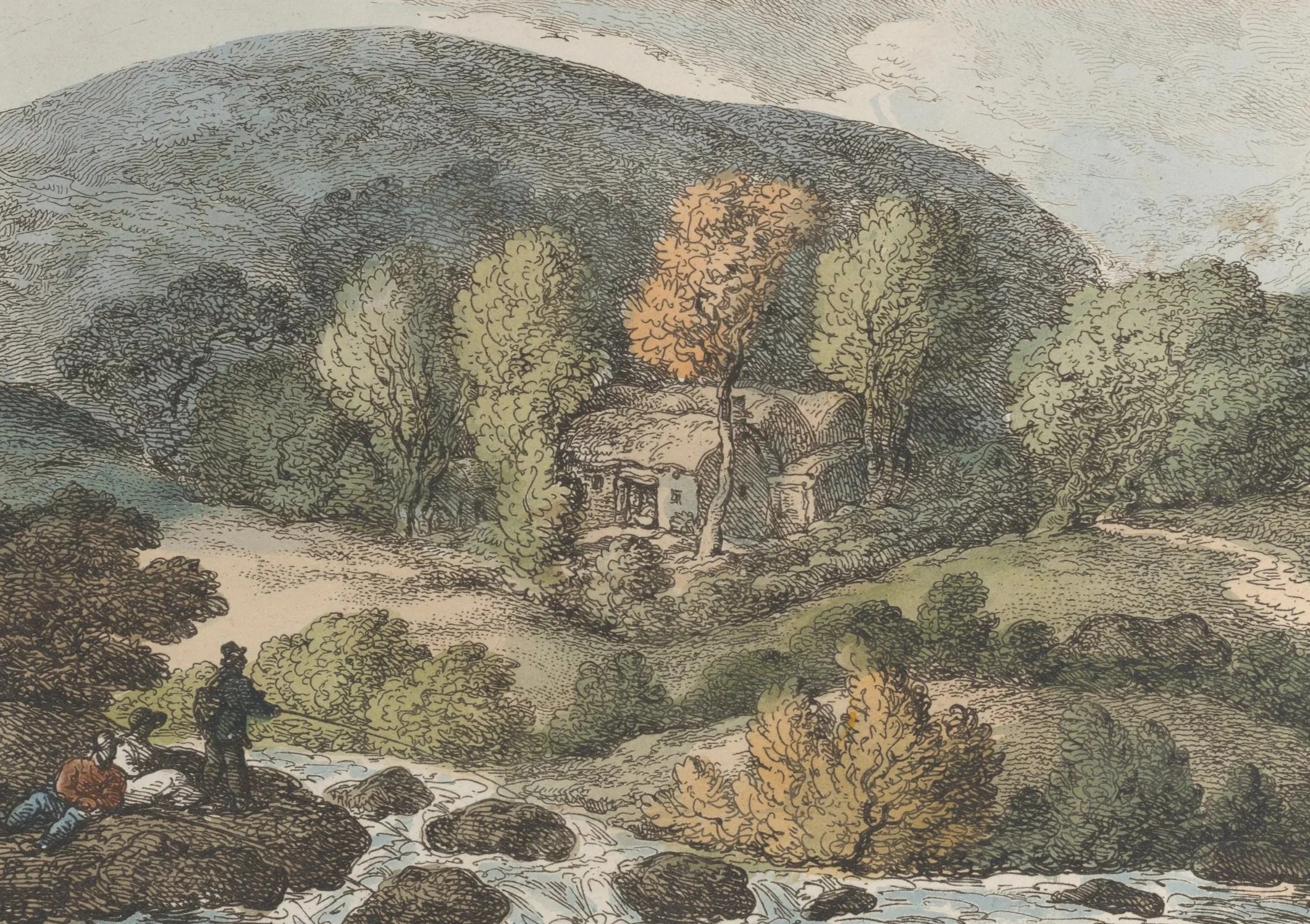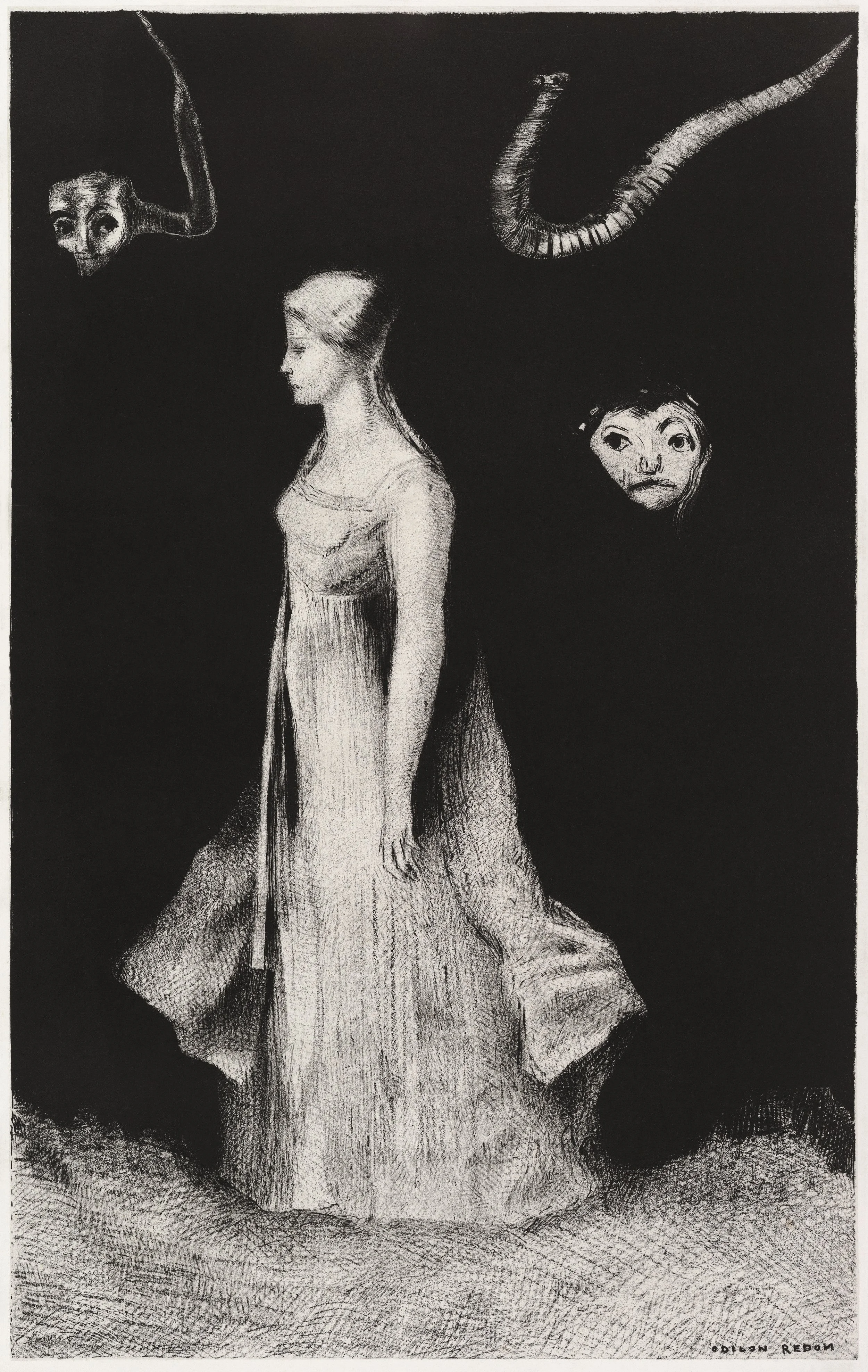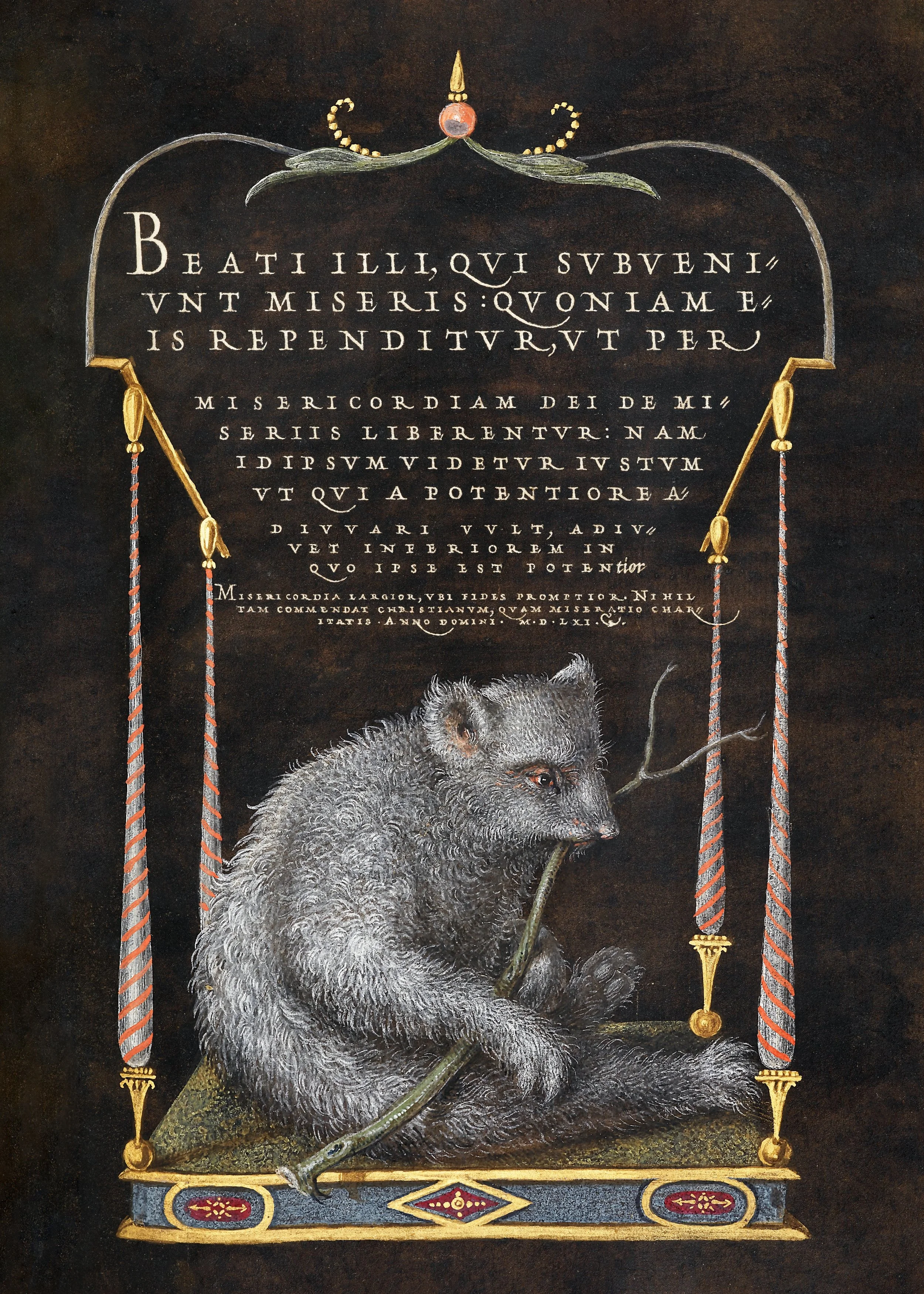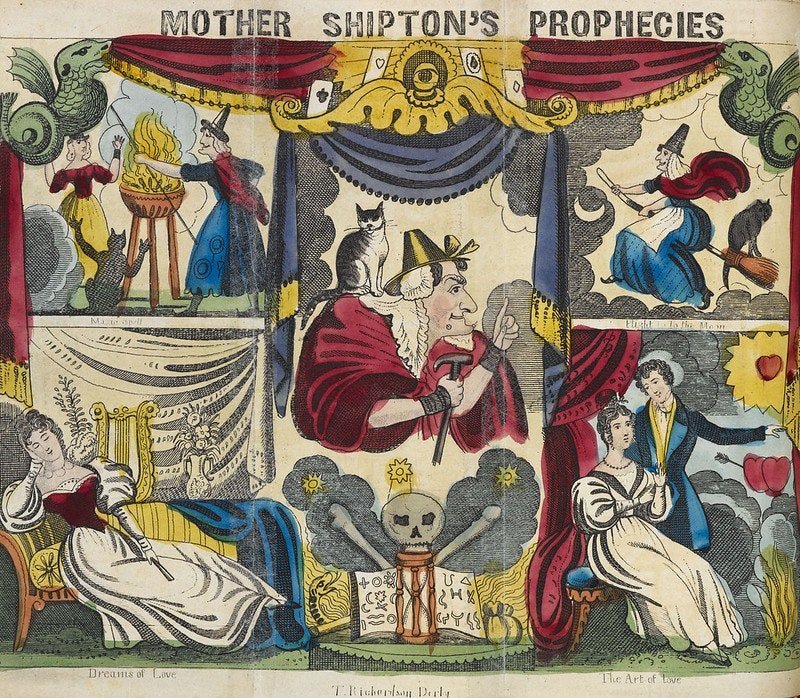
History
Colonial Life
A kaleidoscopic glimpse into early American life, this chapter shifts the lens from battlefields and charters to the rhythms of ordinary existence: muddy roads, mismatched bread, amateur diplomacy, and deer crashing through parlor mirrors. In the voices of Franklin, Byrd, and Knight, colonial America emerges not as a mythic Eden or a theater of heroic suffering, but as a sprawling, uneven experiment in self-reliance, satire, and stubborn improvisation.
Curiosities of Bats
A meticulous, meandering survey of bats—from medieval mistrust to anatomical marvels, vampire legends, and affectionate insectivores—this 19th-century piece stitches natural history with myth, showing how bats have flitted between folklore and science, often misunderstood, always fascinating.
Madame Jumel
Madame Jumel, as depicted in Superwomen by Albert Payson Terhune, is a figure of relentless ambition and social cunning, rising from obscurity to become one of the wealthiest women in America. Terhune casts her as a master of reinvention, whose marriages, fortunes, and flirtations with power reveal both the boldness and cost of a life lived on society’s edge.
An Account of Some of the Kjœkkenmœddings, or Shell-Heaps, in Maine And Massachusetts
With the precision of a naturalist and the curiosity of a proto-archaeologist, Jeffries Wyman documents the ancient shell-heaps of coastal New England, revealing layered histories of diet, habitation, and human presence long before European contact. The work is as much an anatomical catalog as it is a quiet challenge to the prevailing myths of a blank American past.
The Extravagances of the Emperor Elagabalus
A fevered tapestry of imperial Rome at its most lavishly unhinged, The Extravagances of the Emperor Elagabalus reads like Suetonius rewritten by Huysmans, exalting in perfumed orgies, edible gold, and theatrical cruelty, all filtered through a strangely sympathetic lens. In J. Stuart Hay’s hands, the boy-emperor becomes both monstrous and magnetic: a vision of youth, decadence, and doomed grandeur that is as unsettling as it is seductively absurd.
The Case of Anne Boleyn
Combining clinical detachment with a flair for high tragedy, MacLaurin reexamines Anne Boleyn’s fall not as a political convenience or religious melodrama, but as a case study in hysteria, sexual pathology, and royal syphilis. The result is part forensic reconstruction, part moral autopsy, where Tudor history is scalpelled open to reveal something closer to Greek theater than constitutional crisis.
Ten Days in a Mad-House; Or, Nellie Bly’s Experience on Blackwell’s Island
In prose as brisk and unnerving as the institution it exposes, Nellie Bly’s undercover account of life inside Blackwell’s Island asylum remains a landmark of journalistic bravery and feminist indictment. What emerges is not merely a portrait of cruelty, but a razor-sharp study of how poverty, language, and nonconformity were mistaken, often willfully, for madness.
Our Wonderlands
In a breathless catalogue of geological might and national pride, Bombaugh’s “Our Wonderlands” stages a rhetorical duel between the natural marvels of Europe and the sublimities of the American West, where scale, spectacle, and patriotic conviction collide. What results is less a travel essay than a florid act of terrestrial boasting—part gazetteer, part hymn, and unmistakably a product of its imperial century.
Curiosities Respecting Temples
An eccentric omnibus of sacred marvels and architectural oddities, Platts’s chapter leaps from Scottish battlements to Spanish palaces, Swiss hermitages, and Chinese fortifications with the gleeful conviction that wonder alone is evidence enough. Less concerned with chronology than spectacle, it captures the 19th-century impulse to collect the world’s grandeur like postcards.
“Theire Soe Admirable Herbe” or, How the English Found Cannabis
In this richly layered account, Breen traces the psychoactive journeys of 17th-century English merchants and natural philosophers as they encounter cannabis in South Asia, not as a colonial commodity, but as a marvel both alluring and epistemologically unruly. Through Bowrey’s hallucinatory experiments and Hooke’s stilted lectures, we glimpse an early modern world where science, intoxication, and empire all struggled to contain the “occult” logic of the plant.
The Revolutionary Colossus
This work traces the towering figure of collective revolt from Erasmus Darwin’s sleeping giant to Mary Shelley’s electrified monster, assembling a visual and literary genealogy in which revolution, like Frankenstein’s creature, is both miraculous and horrifying. Through poetry, caricature, and political myth, the essay maps how revolutionary embodiment shifts, from sublime symbol to grotesque cautionary tale.
The Ghosts of Doughoregan Manor
Paul M. Hollister crafts a richly layered tribute to an American estate where history, patriotism, and family legacy intertwine across centuries. The manor is more than a relic of colonial grandeur, it’s the stage for nine generations of Charles Carrolls, the last of whom signed the Declaration of Independence. Ghost stories mingle with memories, and lineage is quietly honored not with pomp, but with creaking floorboards and ivy-covered walls.


